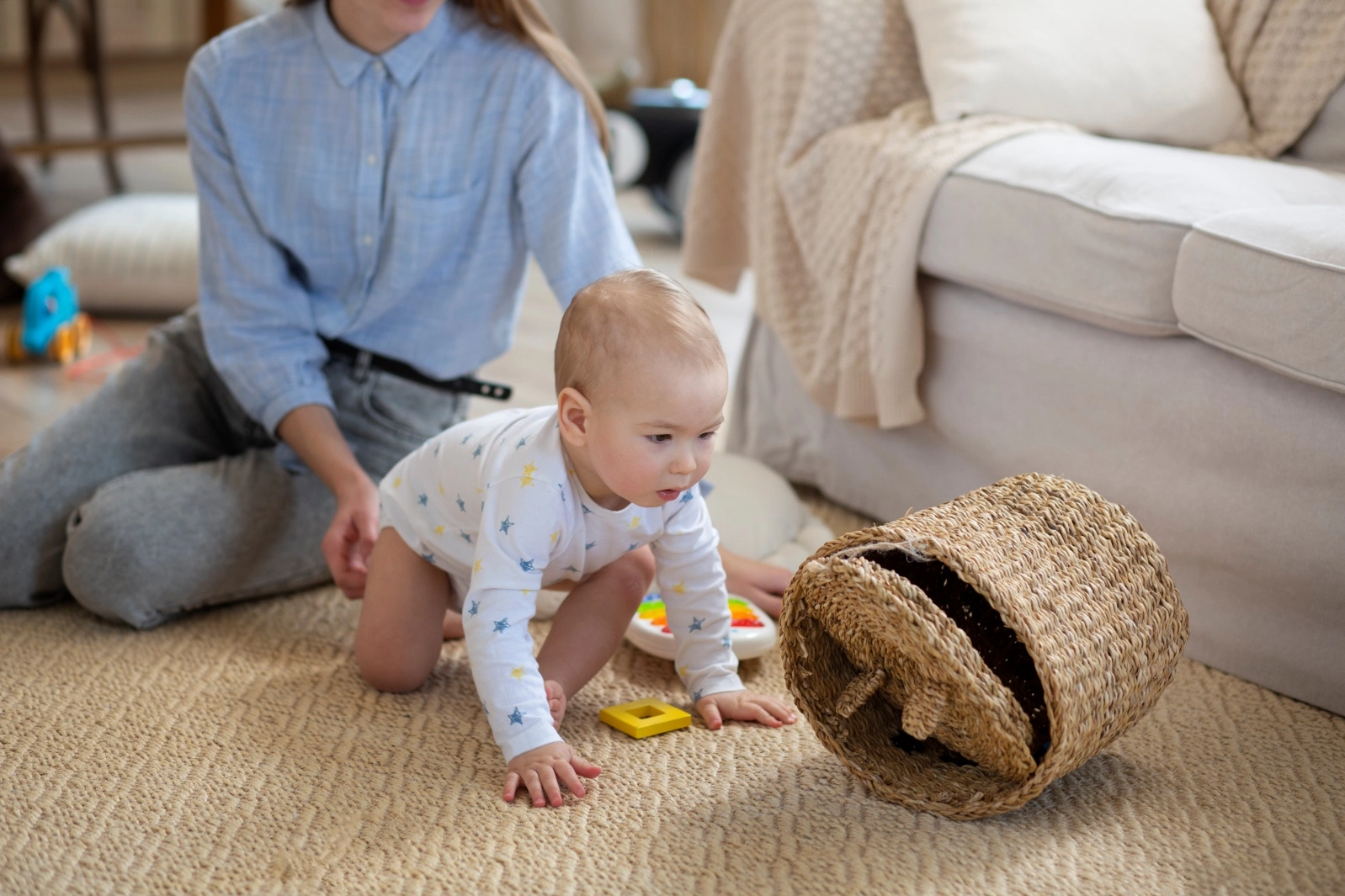How to Clean Baby Car Seat?

Where there’s a child, there will inevitably be cocoa stains, juice spills, or cookie crumbs. Children’s daily lives are full of movement and play, which naturally bring a little mess along the way. And when on the go, the epicenter of all this activity is usually the car seat — a space that often doubles as a dining area or a mini play zone.
The car seat’s versatility makes it particularly vulnerable: over time, dust and dirt accumulate on its fabric, cushions, and even internal mechanisms. Regular cleaning is essential — not only for hygiene but also for the child’s safety.
If the seatbelt straps are damaged, the fabric torn, or a mechanism jammed due to dirt, the seat may fail to perform in a critical moment. That’s why many parents ask themselves: how do you clean a car seat properly while preserving both cleanliness and structural integrity?
Step One: Read the Manual
Before starting any cleaning process, take the time to review the manufacturer’s instructions. This small yet important document can help you avoid mistakes and ensure the seat continues to function as intended.
At first glance, a baby car seat may appear to be nothing more than fabric and plastic. In reality, it's a complex safety system with carefully engineered components. The manual will explain how to handle the seat without damaging its mechanisms or compromising its protective qualities.
By reading the manual, you’ll find out:
- Whether the fabric cover is machine washable or requires hand washing;
- Which components are removable;
- How to detach, clean, and dry the harness straps correctly;
- Which cleaning agents are safe to use for your specific model.

Step-by-Step Disassembly
When taking apart the child car seat, patience and care are key. Avoid rushing or pulling pieces apart forcefully — even a single rough move can break a small component or weaken the mechanism.
Start with the fabric cover, gently removing it to avoid tearing. Then move on to the harness system. If the straps are secured in multiple points, it’s best to take photos or videos of each step — they’ll serve as helpful references when reassembling the seat.
How to Wash a Car Seat
If machine washing is allowed for infant car seat, always check the fabric label and select a gentle cycle suitable for the material. General recommendations include:
- Wash at a temperature no higher than 30°C;
- Use a delicate wash cycle;
- Choose a hypoallergenic detergent;
- Set the spin speed to minimum or turn it off entirely.
For hand washing, use warm water and a soft sponge. Hypoallergenic soap is also effective for tackling stubborn stains.
Never clean the cover with high-pressure water or harsh chemicals. Even fabrics that appear durable may be sensitive to such exposure and can easily get damaged.

Caring for the Straps and Plastic Components
During cleaning, fabric often gets the most attention — but the harness straps and plastic elements are just as important. Their condition directly impacts the safety and stability of the seat.
Wipe these parts with a soft cloth or sponge soaked in warm soapy water. It is crucial not to soak the internal mechanisms of the harness straps, as moisture can reduce their flexibility or cause damage once dry.
Do not use heaters or tumble dryers to speed up the drying process. Instead, lay the components out on a clean, dry surface and allow them to air dry naturally. This helps maintain the shape and structure of all materials.
Cleaning as a Safety Practice
For many parents, cleaning the modern car seat is simply about appearance — getting rid of stains, odors, and visible dirt. But it's also a valuable opportunity to inspect the seat: to check whether the frame is secure, the cushions haven’t lost their firmness, and the harness system is still working properly.
Over time, unnoticed buildup of dirt and wear can silently compromise the seat’s performance. Regular cleaning, therefore, shouldn’t just be routine — it should be considered a form of ongoing maintenance and safety inspection.
A child seat that is properly cared for will perform its protective functions more reliably. And that means every trip becomes a little less stressful, with the peace of mind that your child is traveling safely.


